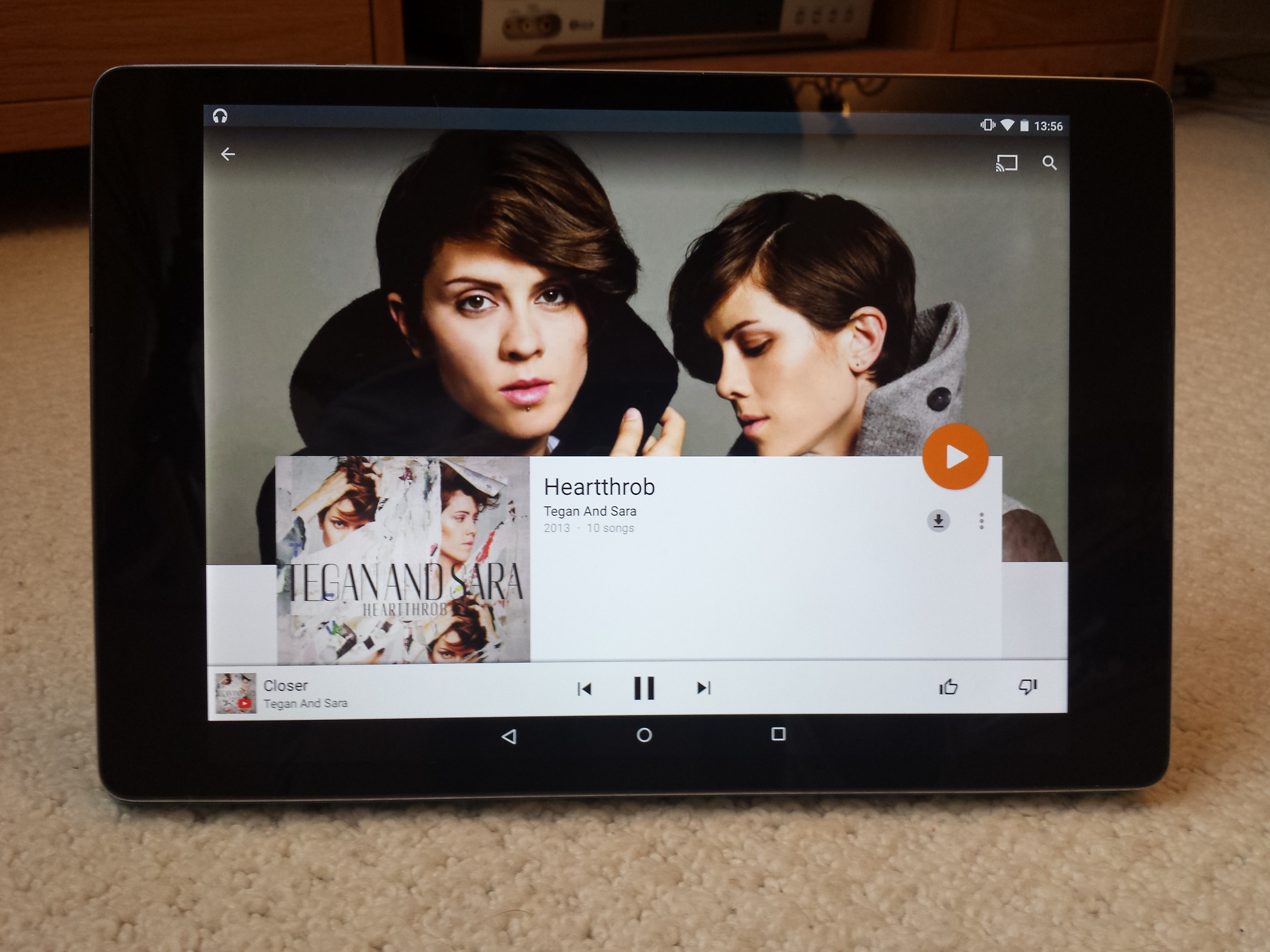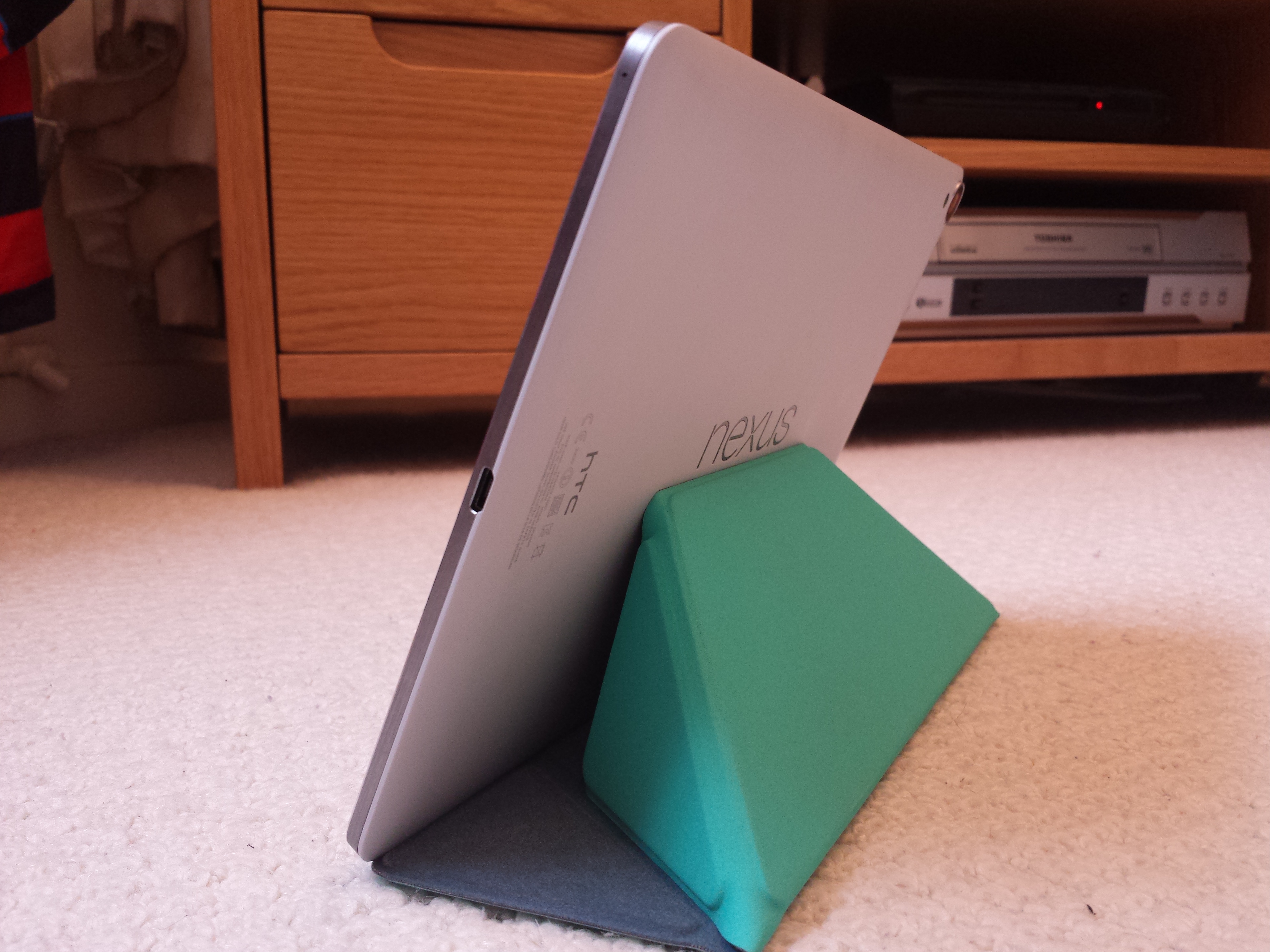This post was published 10 years, 6 months ago. Due to the rapidly evolving world of technology, some material it contains may no longer be applicable.
It has often been reported that the Nexus 9 has suffered build quality issues such as ‘mushy’ volume buttons, excessive backlight-bleed and noticeable flex in the rear panel. However, it has also been suggested that such problems were limited to units from early production and that HTC has since addressed them. I decided to find out if this was really the case.
A few weeks ago I released my review of the Nexus 9 in which I mentioned that my unit seemed to exhibit some of the build quality flaws which are alleged to be typical of those from the first batch off the production line (which mine was). I have since decided that I should put the aforementioned claim to the test and attempt to get a newer replacement to see if there were in fact any improvements on the later units.
I contacted HTC last week and explained the issues, hoping for a replacement. Unfortunately, when I spoke to their customer service team I was informed that they only do warranty repairs and would not carry out any device replacements. This is was disappointing as a device repair wasn’t really what I was after.
Gradually the rear panel got a little worse and eventually the corner actually popped off slightly and so I took it back to Argos, where I originally purchased my device. Argos were pretty good about it and ordered in a replacement tablet which arrived Wednesday.
After some time playing with it I can confirm that this new Nexus 9 is most certainly a revised device. This one has extra clips holding the back panel to the device along with a stronger glue and it has definitely had an effect as the tablet feels so much more solid. There’s no more creaking or wobbling and overall it is a vast improvement over the last one which almost felt like it was falling apart prior to the exchange.
The colour and sharpness of the screen were stunning on my first unit, but it suffered from light bleed around the edges. This was especially evident when watching Netflix in bed in the dark. It was rather distracting actually.
HTC have supposedly changed the seal around the screen for the revised units but whatever it is they have done: it has worked! The light leakage is now very minimal, in fact it’s no worse than any other LCD I’ve used.
The display contrast also appears slightly better than before, so it seems they may well have adjusted the screen calibration as well, or perhaps that is simply a result of the lower light bleed. Either way, it’s a lot nicer the eye than it was before.
The volume and power buttons now stick further out of the casing as well, giving them more travel and making them more tactile and clicky. Not only were the buttons on the old one mushy, they were also extremely hard to press. Excruciatingly hard to press in fact. Now they are a joy to use and I often find myself adjusting the volume unnecessarily – just so I have an excuse to use them. Having grown used to the old ones, these are incredibly satisfying.
Additionally, even though it is not change that I’ve seen previously reported, I also get the feeling that they’ve increased the strength of the magnets for the official Nexus 9 cover. The cover often used to fall off previously (a common complaint amongst owners of the cover) but for some reason, on this new device, it stays firmly attached. I feel a lot more confident in its ability to protect the screen of Nexus now than I did before.
To try to ensure these improvements were as a result of a revision in the design or assembly of the Nexus 9 later in production (and not simply a case of random variation in the units), I decided to check the serial number of this device to determine actual the date of manufacture. Sure enough, this confirmed that this new device was made in late November, quite some time after my first device which was made during the first few weeks of the Nexus 9’s production.
So, there you have it, it seems that the claims were true! At least from my experience, it looks as if later Nexus 9 units have indeed been improved to address the initial quality issues.
If you have a Nexus 9 and it has some (or all) of the issues mentioned in this article then my advice to you is to not just try to live with it. Make sure you contact the retailer and see if you can wrangle a replacement unit out of them. The advantages make it well worth the time and effort. Take some advice from the OnePlus slogan: Never settle!
Equally, if the early reports of build quality issues were putting you off the Nexus 9 when you were otherwise tempted to purchase one, perhaps this might help you to reconsider.
I hope that by sharing this experience it will benefit both present and prospective Nexus 9 owners alike.
If you have a similar (or perhaps contradictory) experience of your own, then please do share it with us in the comments.










